Different Varieties of Gemstone Cuts
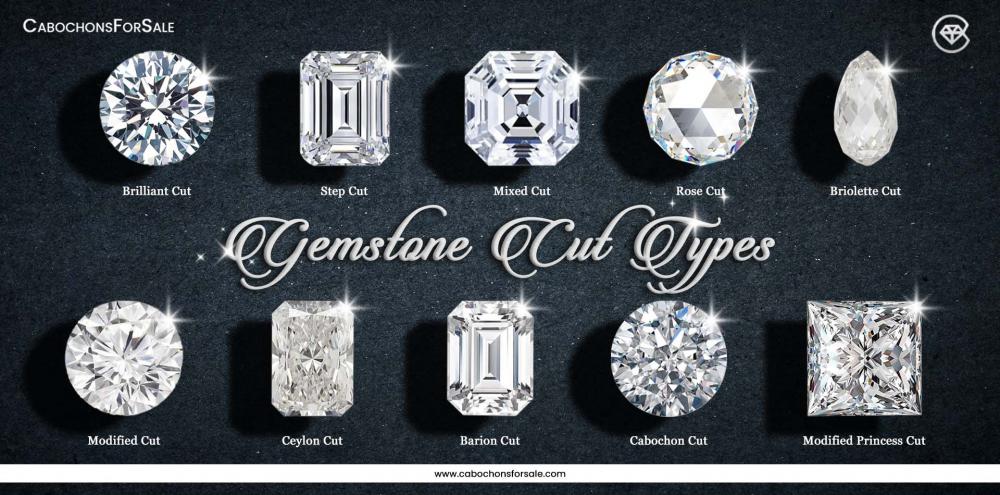
Gemstone cuts are the gorgeous prints of nature, sculpted into brilliant pieces of art by the skilled hands of lapidaries. A gemstone's brightness, color, and inner fire are all unlocked by each cut, whether it is traditional or cutting edge. In this Gemstone Cutting guide, we set out on a voyage through centuries of custom, invention, and ingenuity, revealing the mysteries underlying some of the most recognizable and cherished cuts in the gemological community.
Gemstone cuts come in a wide range of styles, each with its own unique qualities and beauty, from the classic elegance of the Brilliant Cut to the romantic allure of the Rose Cut. Gemstone carving masters use extreme care and attention to detail to turn raw gemstones into polished gems that astonish and captivate.In this blog, we will examine Popular Gem Cuts and their distinctive beauty as we delve into their nuances.
Also Read: Wear Your Well-Being: Unveiling the Health Benefits of Amethyst Gemstone
Brilliant Cut: An Illuminating Gem
One of the most recognizable and popular gemstone cuts, the brilliant cut is recognized for its unmatched fire and glitter. This cut, which is characterized by a symmetrical form and many facets placed in a precise pattern, enhances light reflection and refraction, allowing the gemstone to display its whole color spectrum. The classic gemstone for the Brilliant shape is a diamond, but other priceless stones like emeralds and rubies also sparkle beautifully in this classic shape.
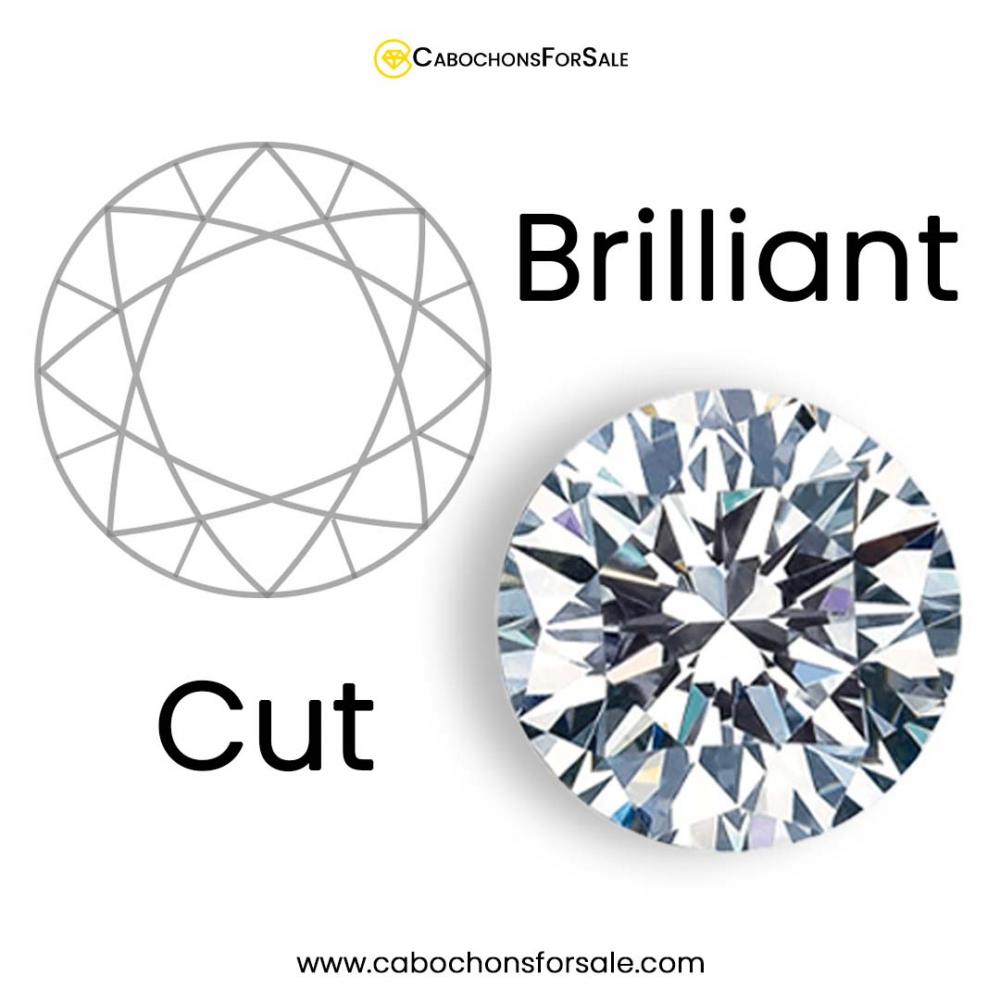
Step Cut: An Elegant Staircase
Subdued elegance and sophistication are evident in the Step Cut, in contrast to the brilliant brilliance of the Brilliant Cut. This cut has a sleek, geometric aspect thanks to its long, rectangular facets organized in parallel steps. Step-cut gemstones, including asscher-cut diamonds and emeralds, are valued for their brilliance and clarity because each facet gives the stone a sense of depth and dimension.
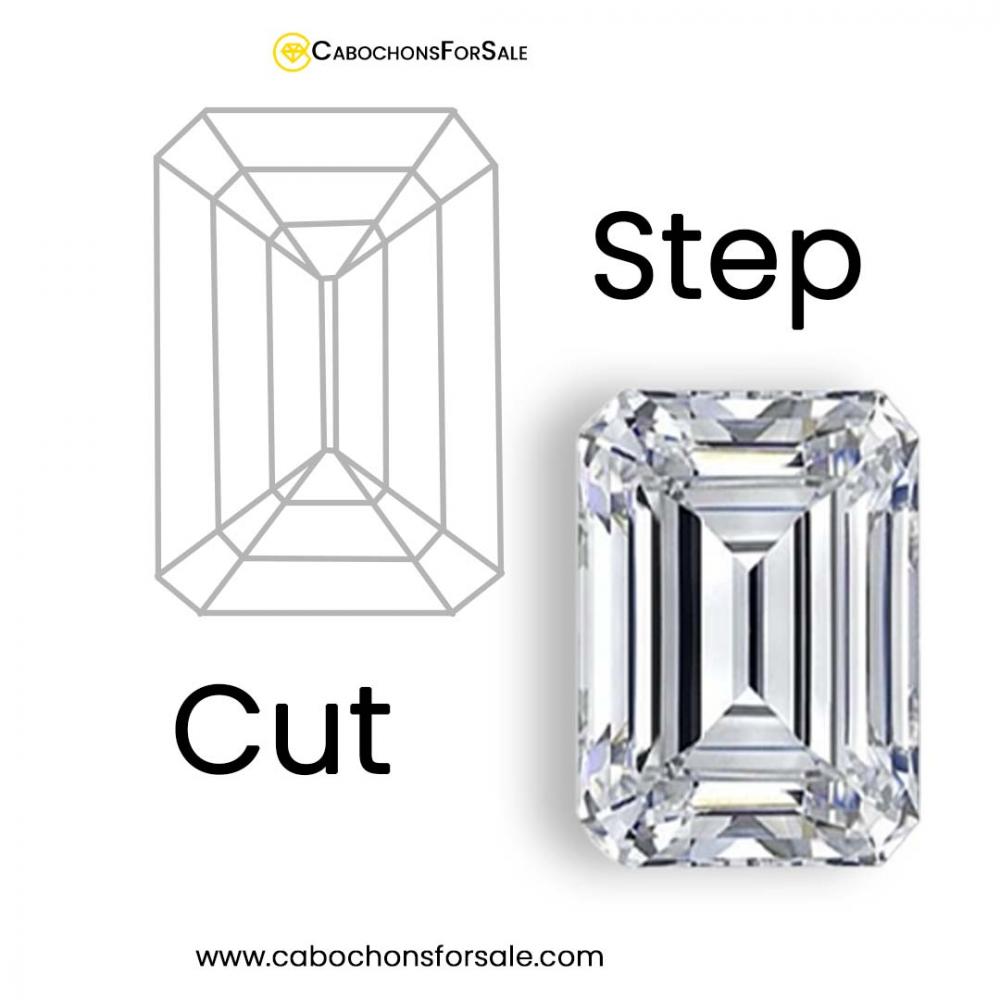
Mixed Cut: The Best of Both Worlds
As the name implies, Mixed Cuts create a dynamic and adaptable gemstone by fusing aspects of both the Brilliant and Step cuts. These cuts offer a harmony between brilliance and elegance with their combination of angular and curved facets. When looking for a flexible and eye-catching gemstone, mixed-cut gemstones, like the radiant cut, find the optimal balance between sparkle and symmetry.
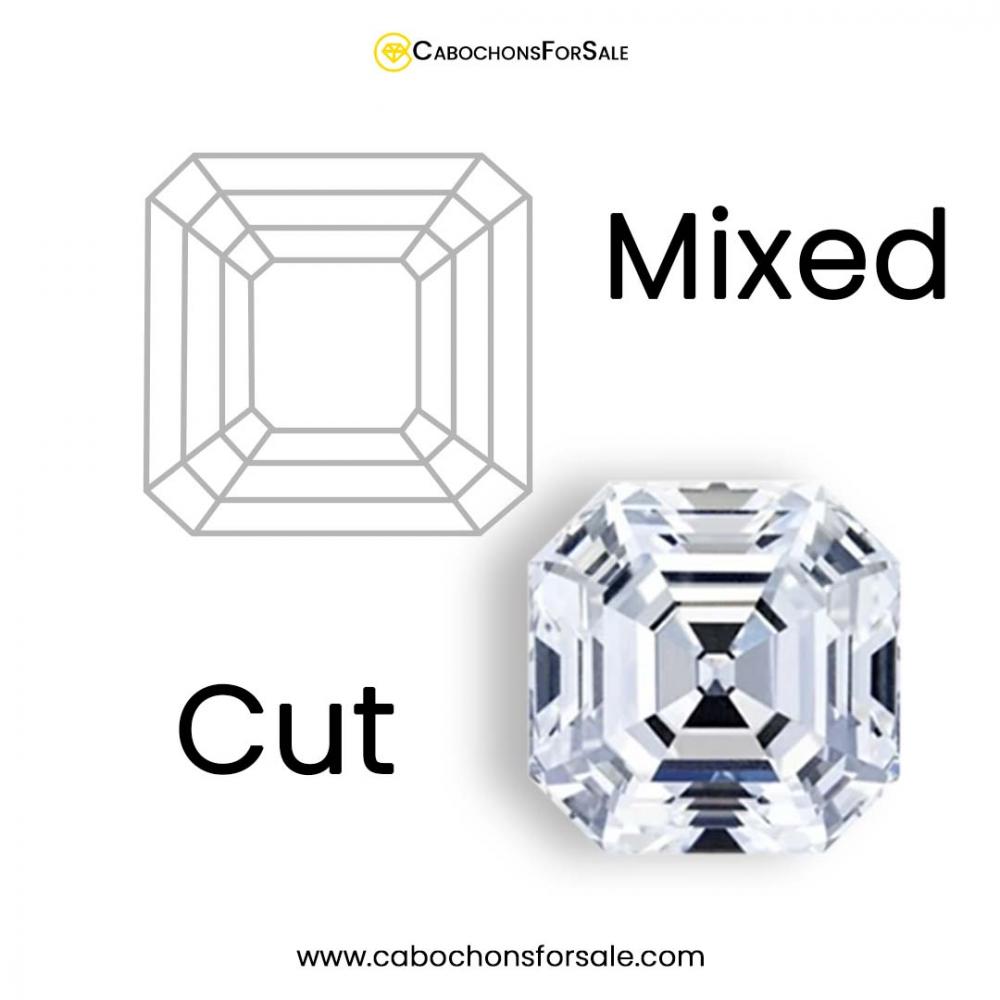
Rose Cut: A Beautiful Bloom
The 16th-century Rose Cut gemstone cut is classic and beautiful, evoking the delicate petals of a rose in blossom. The Rose Cut, which has a flat base and a domed crown with triangular facets, highlights the gemstone's inherent beauty by allowing light to gently reflect off its surface. The Rose Cut, which is usually connected with diamonds, has seen a rise in popularity. Gemstones that complement this vintage-inspired cut well include garnets and opals.
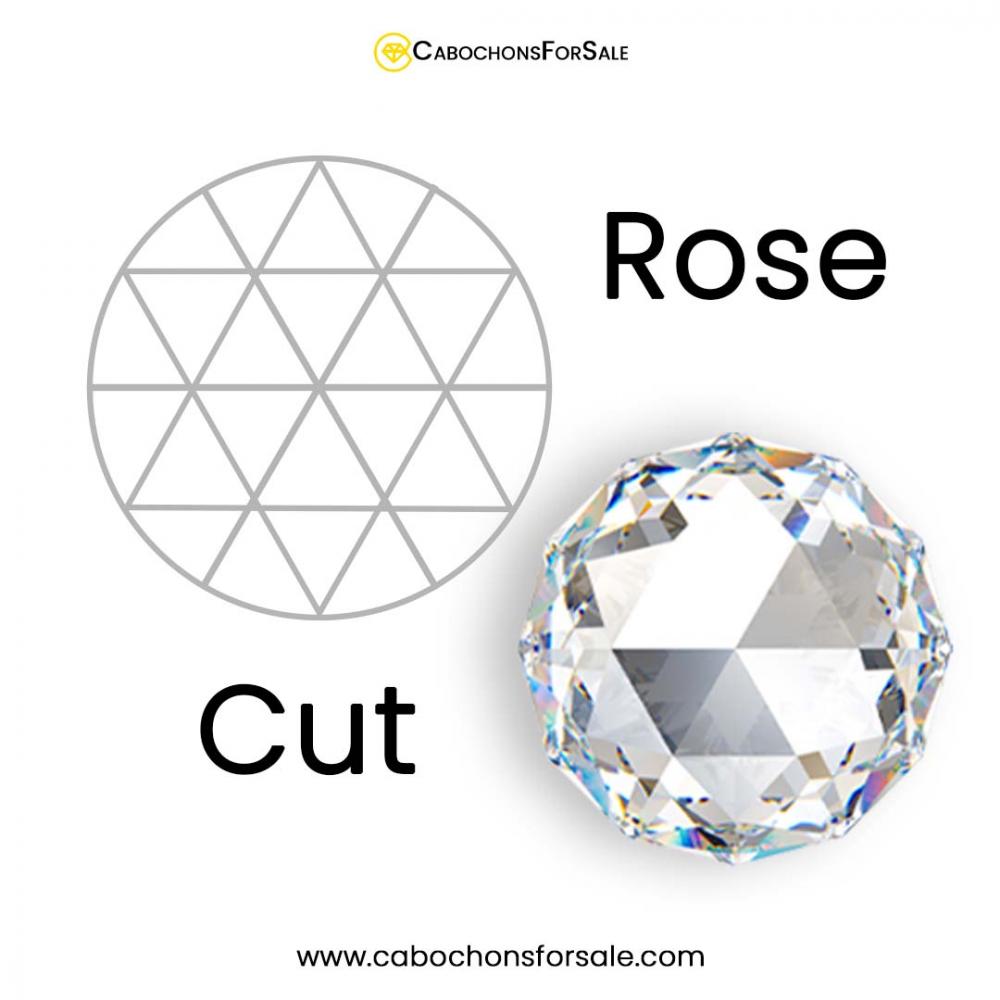
Briolette Cut: A Glittering Drop of Rain
The Briolette Cut is well-known for its brilliant brilliance and unique teardrop shape. This cut, which has elongated facets that converge at the gemstone's tip, produces an enthralling dance of light and shadow that conveys fluidity and movement. Gemstones with briolette cuts, such as citrines and amethysts, are frequently hung from necklaces and earrings so they may shine and glimmer with every motion.
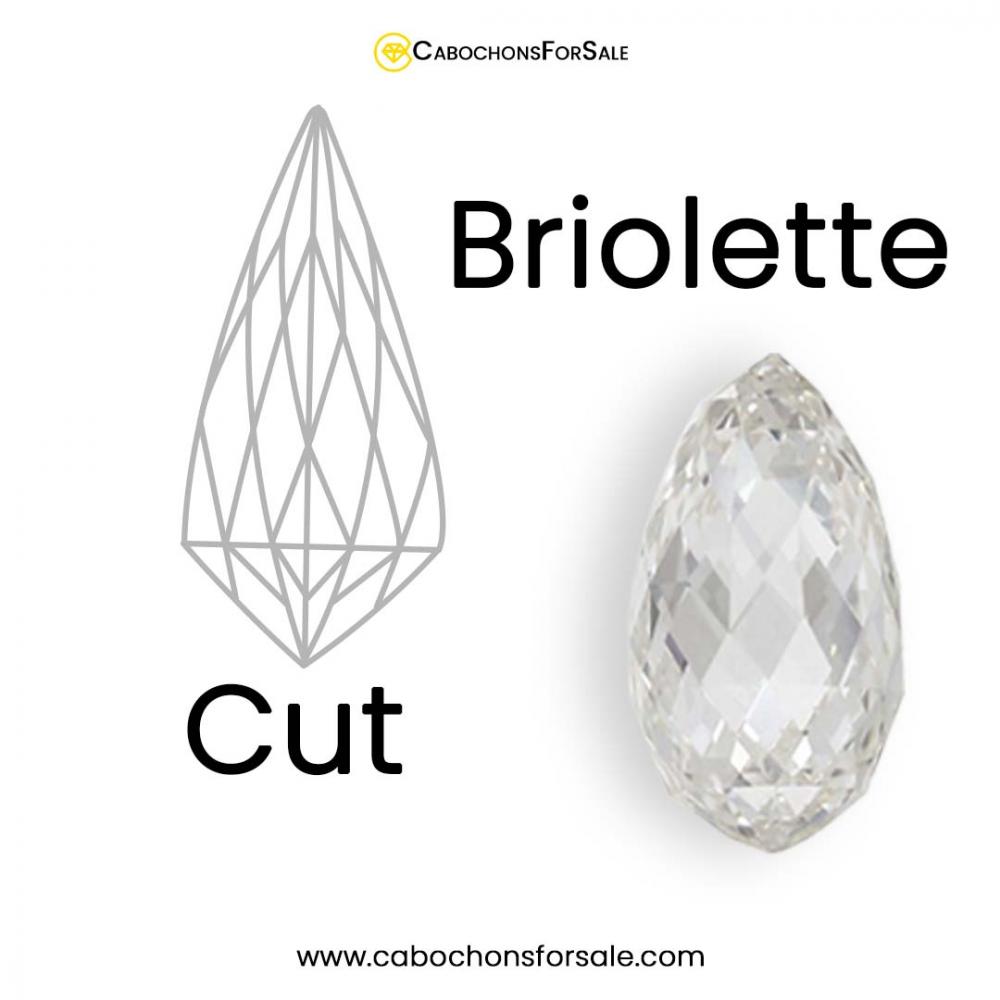
Barion Cut: A Superior Cut
A contemporary take on the classic step cut, the Barion Cut is distinguished by its unusual pairing of triangular and rectangular facets. This cut produces a gemstone that radiates brilliance and clarity by maximizing brilliance and minimizing the appearance of inclusions. Barion-cut gemstones are a popular choice for statement jewelry items because of their remarkable shine and clean lines. Examples of these gemstones are aquamarines and tanzanites.
Modified Cuts: Exceeding the Limits of Originality
A vast variety of unique and creative gemstone cuts that depart from normal faceting methods are included in the category of "Modified Cuts." These cuts can produce gemstones that are genuinely one-of-a-kind and distinctive because of their asymmetrical forms, strange facet placements, or elaborate patterns. Master lapidaries and gemstone carvers that push the envelope of creativity to create unique pieces that defy convention are frequently the creators of modified-cut gemstones.
Also Read: Radiate Positivity: Embracing the Benefits of Wearing Moonstone
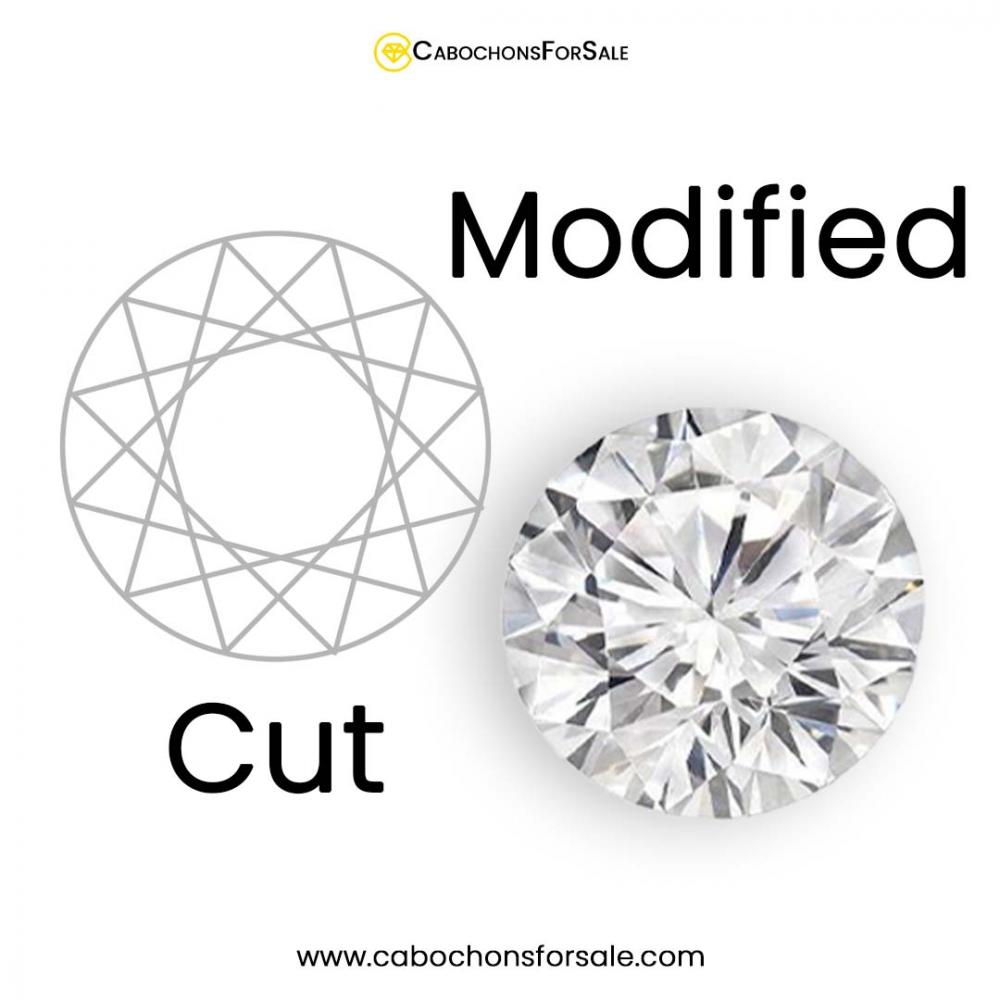
Ceylon Cut: An Ode to Customs
The Ceylon Cut is a classic gemstone cut that has its origins in Ceylon, the former name for Sri Lanka. This cut produces gemstones with remarkable brilliance and clarity because of its symmetrical shape and exact faceting. Gemstones cut with ceylon, like rubies and sapphires, honor the rich history and skill of Sri Lankan lapidaries, who have honed their trade over many centuries.
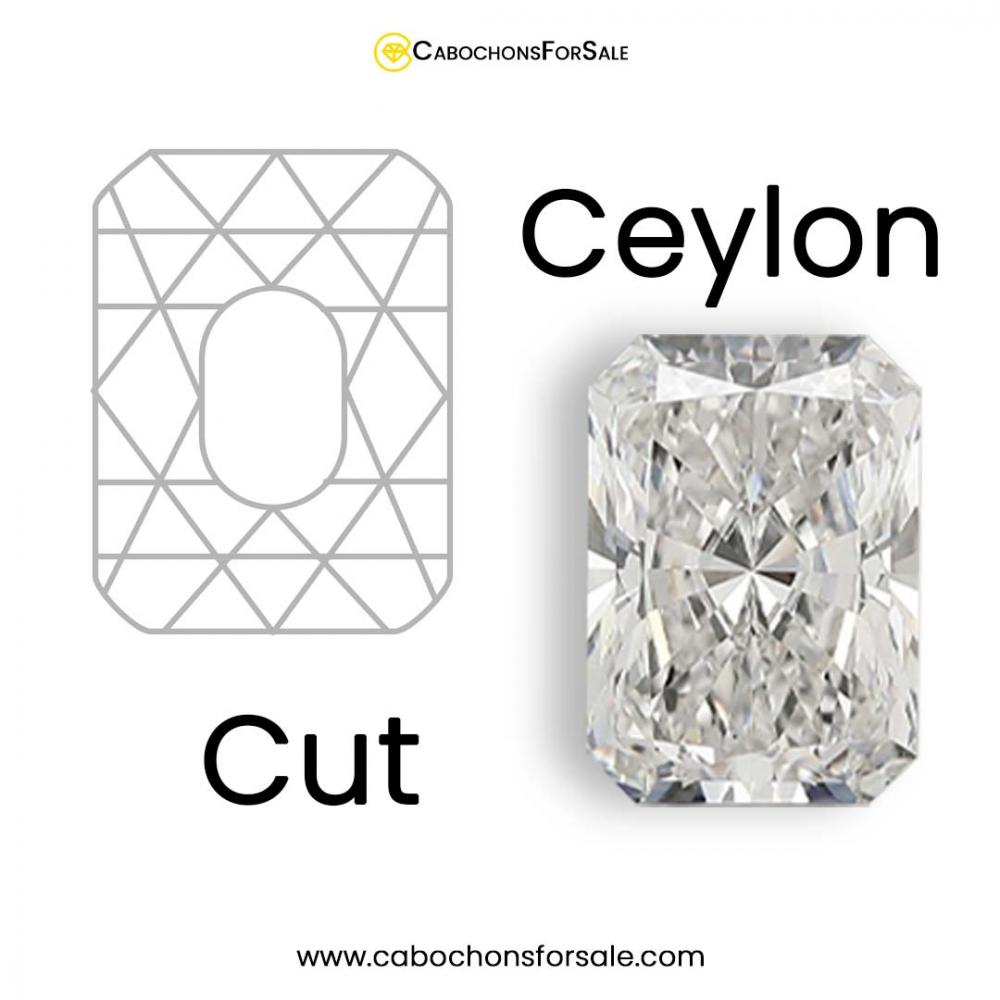
Modified Princess Cut: An Updated Classic
With more facets and elaborate detailing, the Modified Princess Cut is a modern take on the classic princess cut. This cut brings out the gemstone's fire and brilliance, resulting in an amazing display of color and light. Because they provide a contemporary take on a traditional design, modified princess-cut gemstones like sapphires and diamonds are a popular option for statement items like engagement rings.
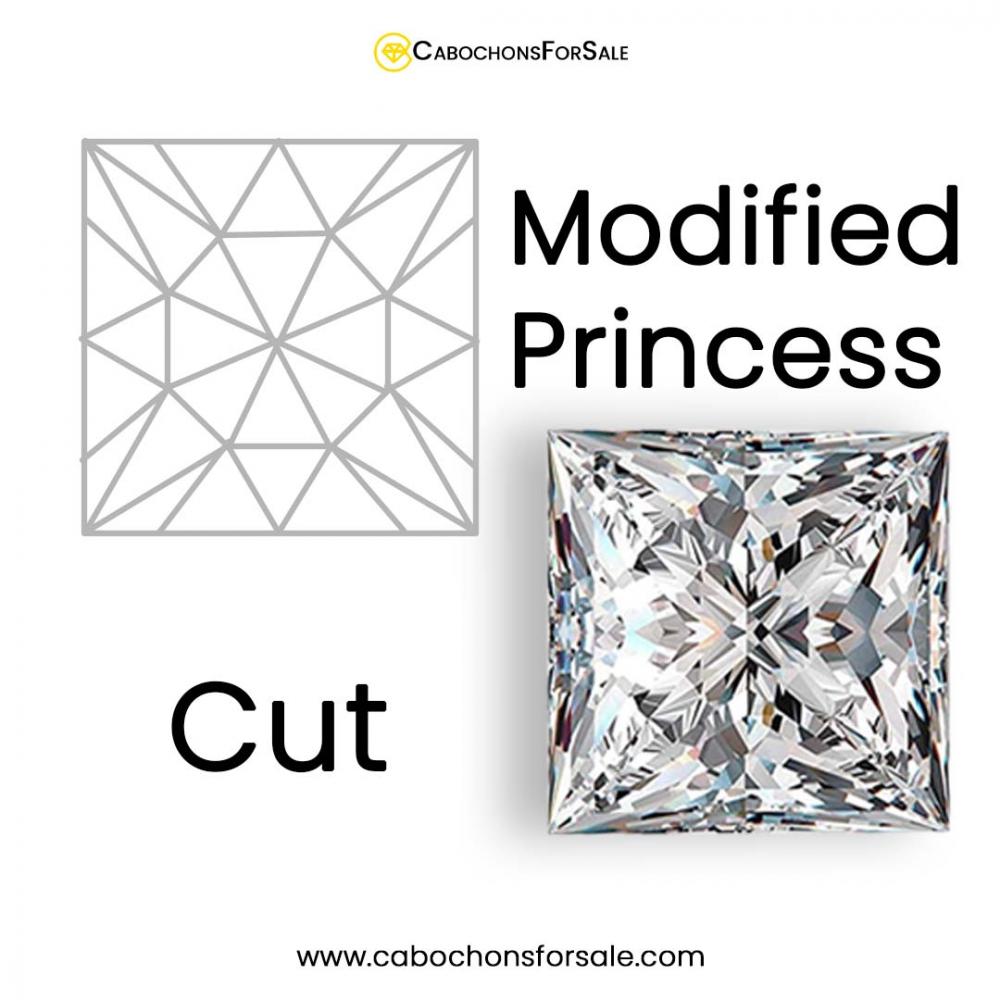
Cabochon Cuts: Embracing Sophistication and Simplicity
Cabochon cuts, as opposed to faceted cuts, have a polished, smooth surface that is devoid of facets, highlighting the gemstone's inherent brilliance. The color and texture of the gemstone are emphasized in this cut, giving it a brilliant and delicate appearance. Gemstones with cabochon cuts, including moonstones and opals, have a classic sophistication and elegance that makes them suitable for both formal and informal settings.
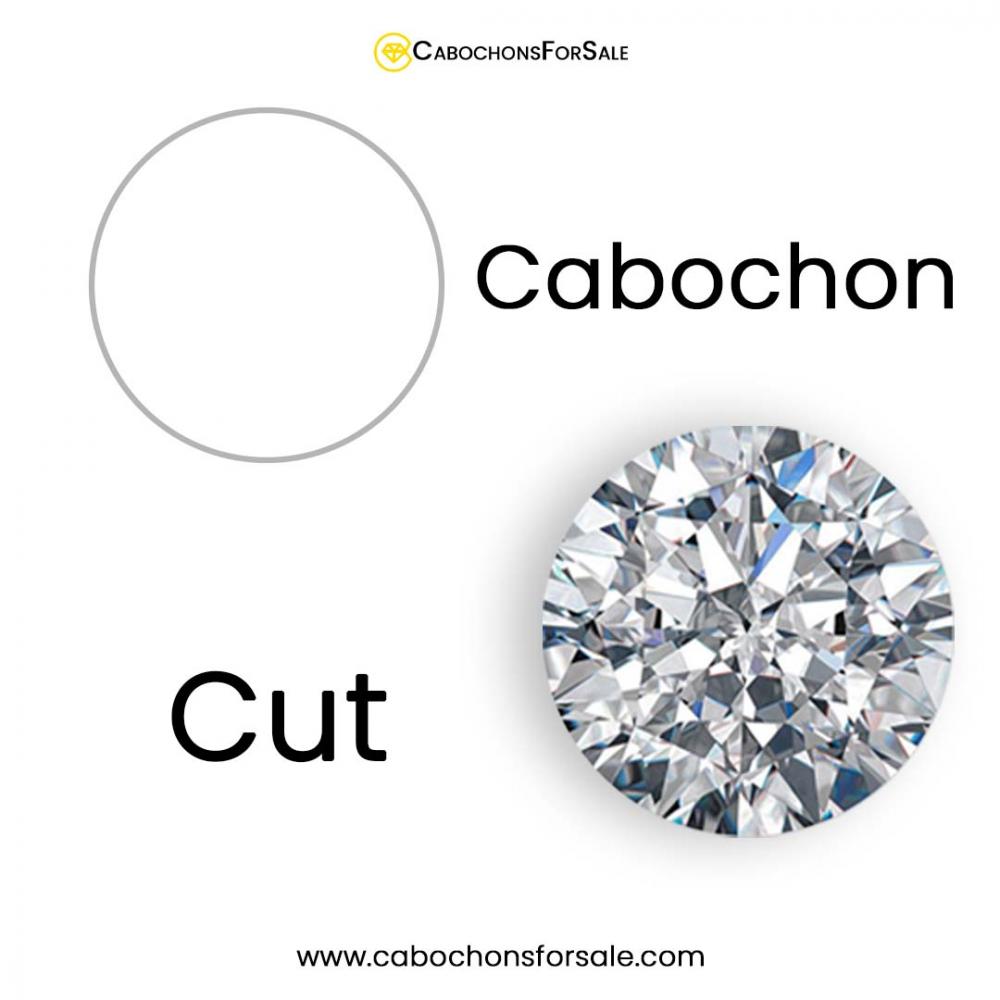
Step-by-Step Cutting
Cutting gemstones is a painstaking operation that requires many processes that must be carried out carefully and precisely. This is a quick rundown of how a common gemstone is cut:
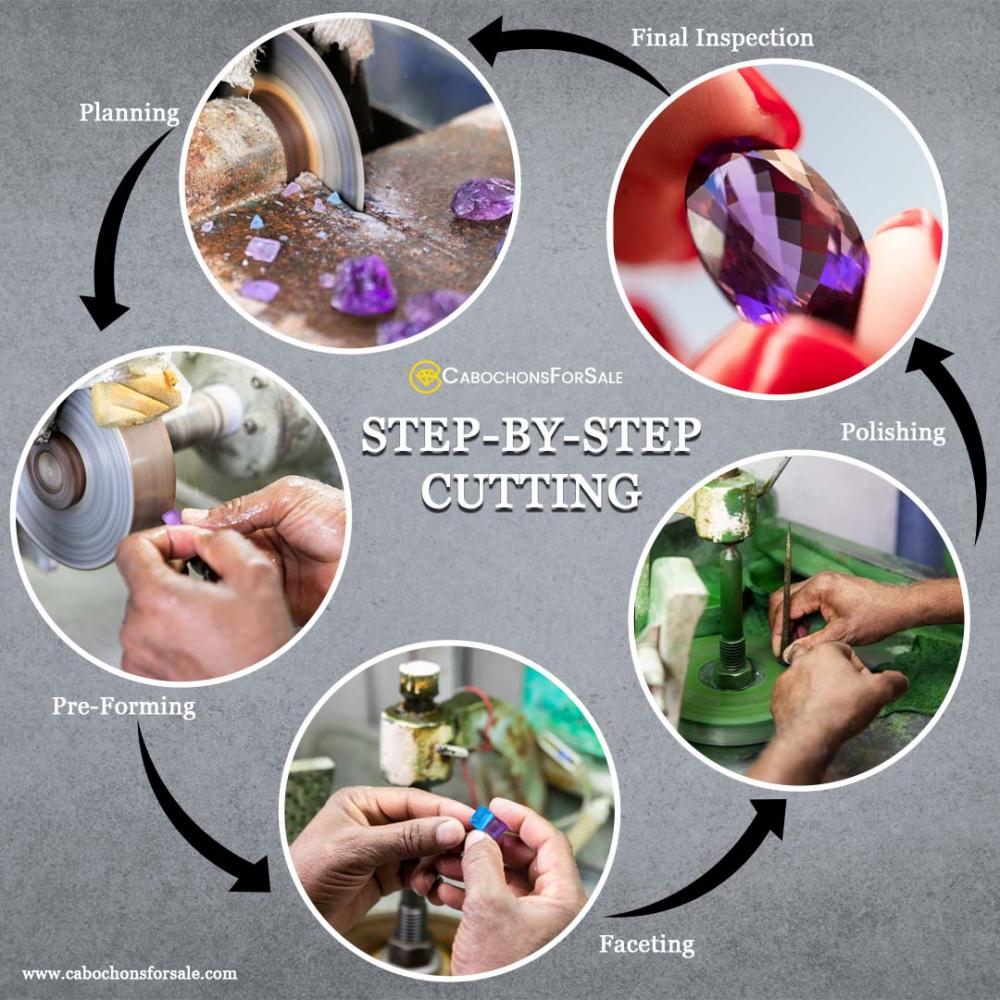
- Planning: The initial stage of cutting a gemstone involves determining the ideal form and cut while accounting for the stone's inherent characteristics and any inclusions or flaws that could compromise the finished product.
- Pre-forming: After that, saws, grinders, and other cutting instruments are used to roughly shape the rough gemstone. In this stage, extra material is cut off and the gemstone is ready for faceting.
- Faceting: The technique of precisely carving facets onto a gemstone's surface to enhance its brightness and glitter is known as faceting. Usually, a faceting machine with diamond-tipped cutting wheels is used for this.
- Polishing: The gemstone is polished to create a glossy, smooth surface after the facets have been cut. By polishing a gemstone, one can bring out its true brilliance by eliminating any scratches or defects caused by the cutting process.
- Final Inspection: The completed gemstone is lastly subjected to a thorough inspection to make sure that its shape, size, and quality fulfill the required standards. Further cutting or polishing might be used to address any residual flaws.
Also Read: Embrace Spooky Halloween Vibes with 6 Powerful Crystals for Good Energy and Safety
Ideal Gemstone Shapes
Although gemstones can be cut into a wide range of sizes and shapes, some forms work especially well to highlight the beauty and brightness of a gemstone. Among the popular gemstone shapes are:
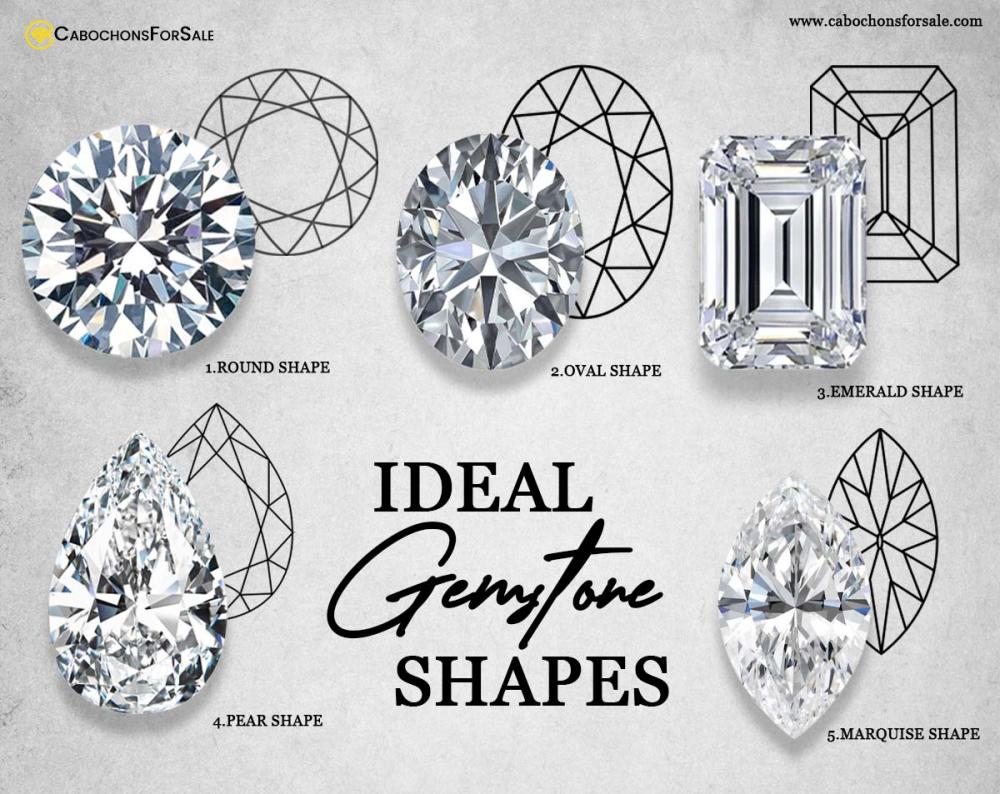
- Round: Because of their symmetry and capacity to optimize light performance, round gemstones, like round brilliant-cut diamonds are highly valued.
- Oval: Oval-shaped jewels have a timeless silhouette with a contemporary twist, making them attractive and adaptable.
- Emerald: Step-cut facets and cropped corners give an emerald-cut gemstone its rectangular form, emphasizing its color and clarity.
- Pear: Because of their elegant appearance, pear-shaped gemstones—also referred to as teardrop or drop-cut gemstones—are frequently used in earrings and pendants.
- Marquise: The long, narrow shape and pointy ends of marquise-cut gemstones produce a striking and dramatic silhouette.
There is a gemstone cut variety to fit every taste and style, whether you like the classic elegance of the Rose Cut or the cutting-edge sophistication of the Modified Princess Cut. Gemstone Cutting trends may keep on changing but the core cuts that we mentioned above are evergreen, on which all other cuts might be based.
To sum up, gemstone cutting is an intricate and varied art form that incorporates a variety of cutting styles, methods, and customs. Each form of gem cut has a distinct attraction, ranging from the classic brilliance of the brilliant cut to the charming vintage appeal of the rose cut and the complex beauty of carved gemstones.

